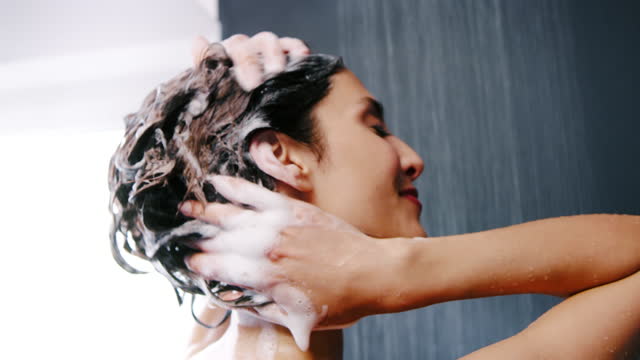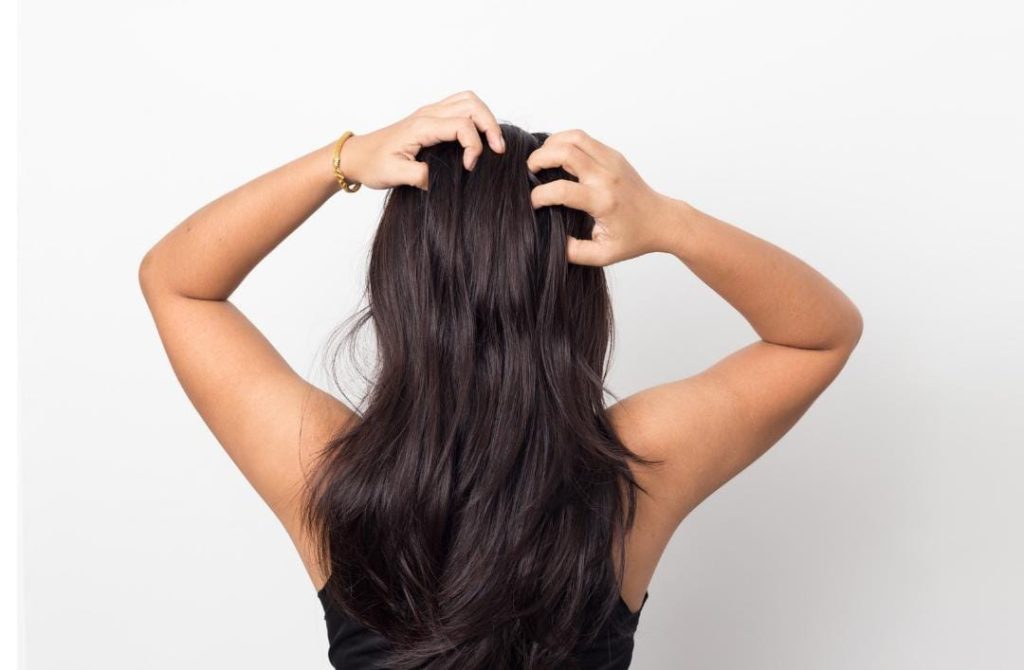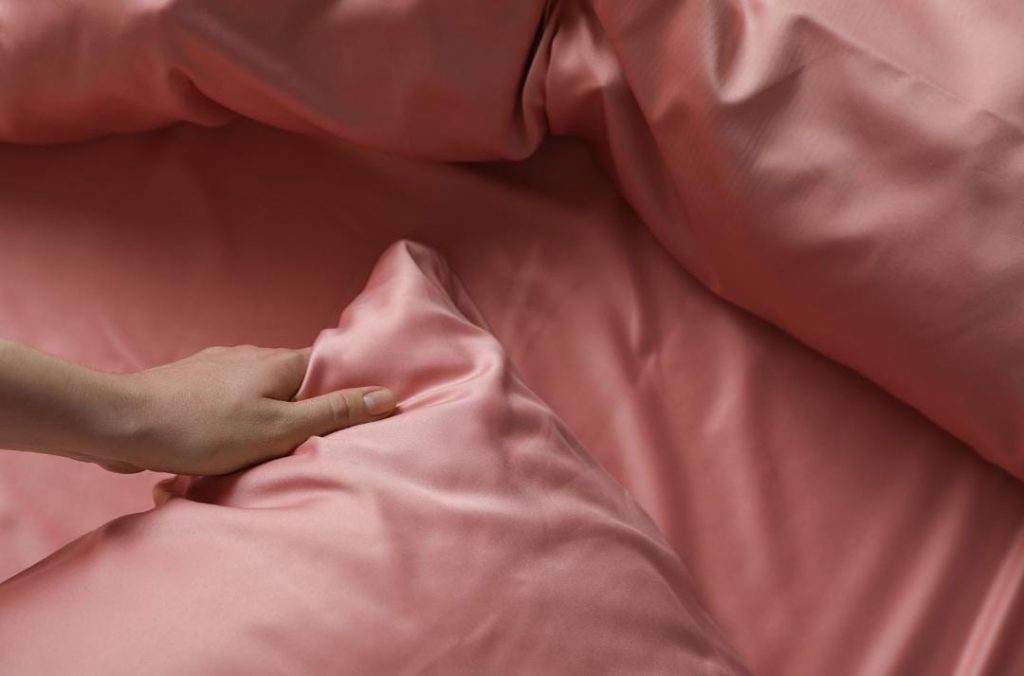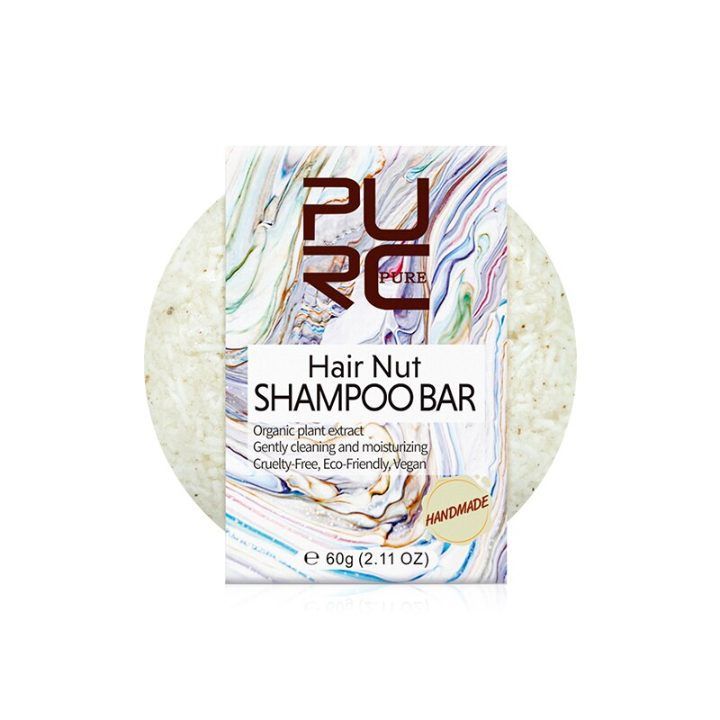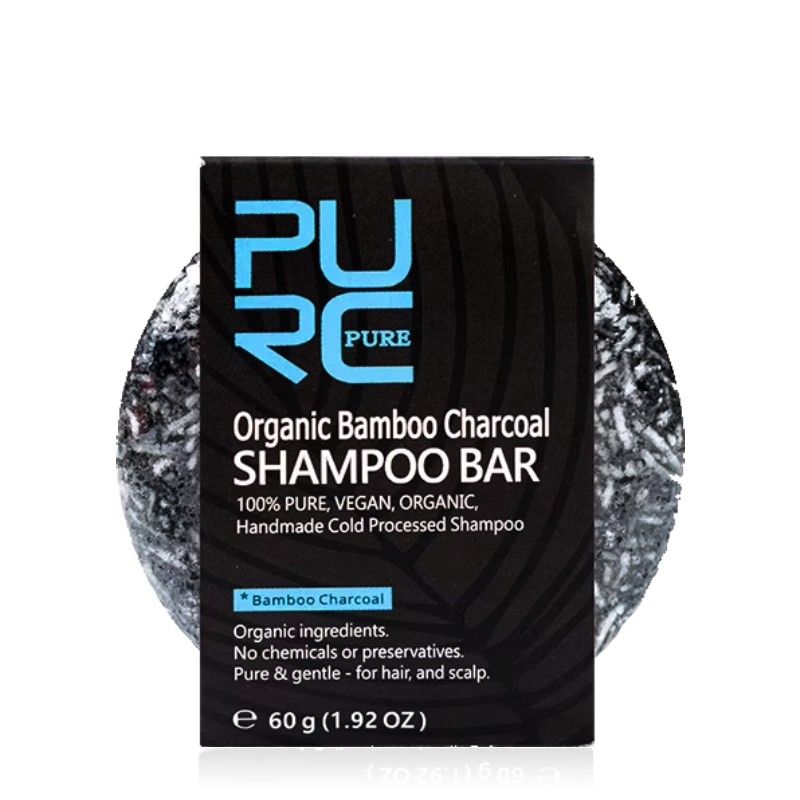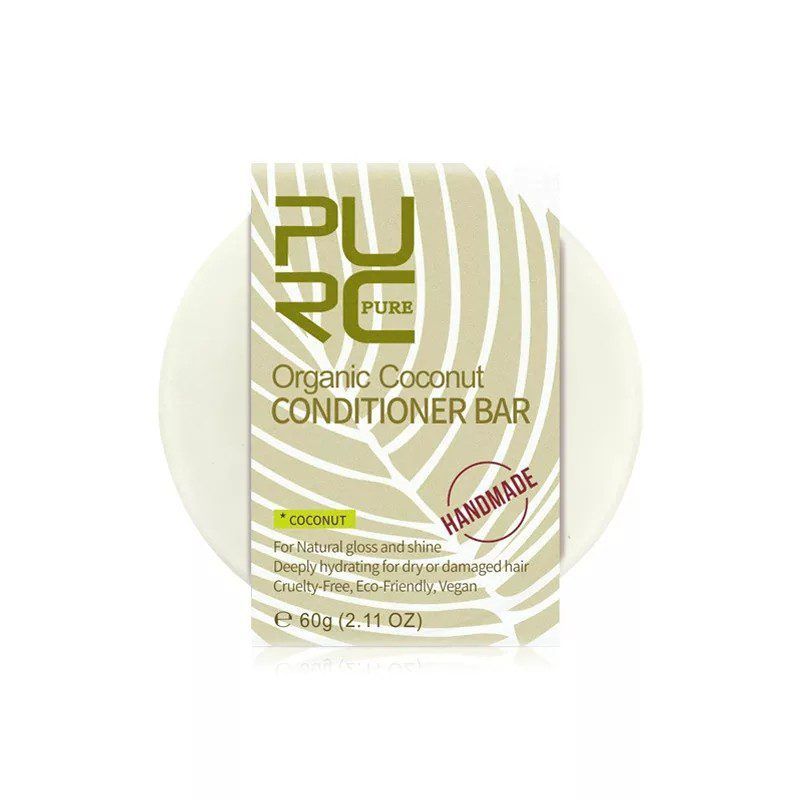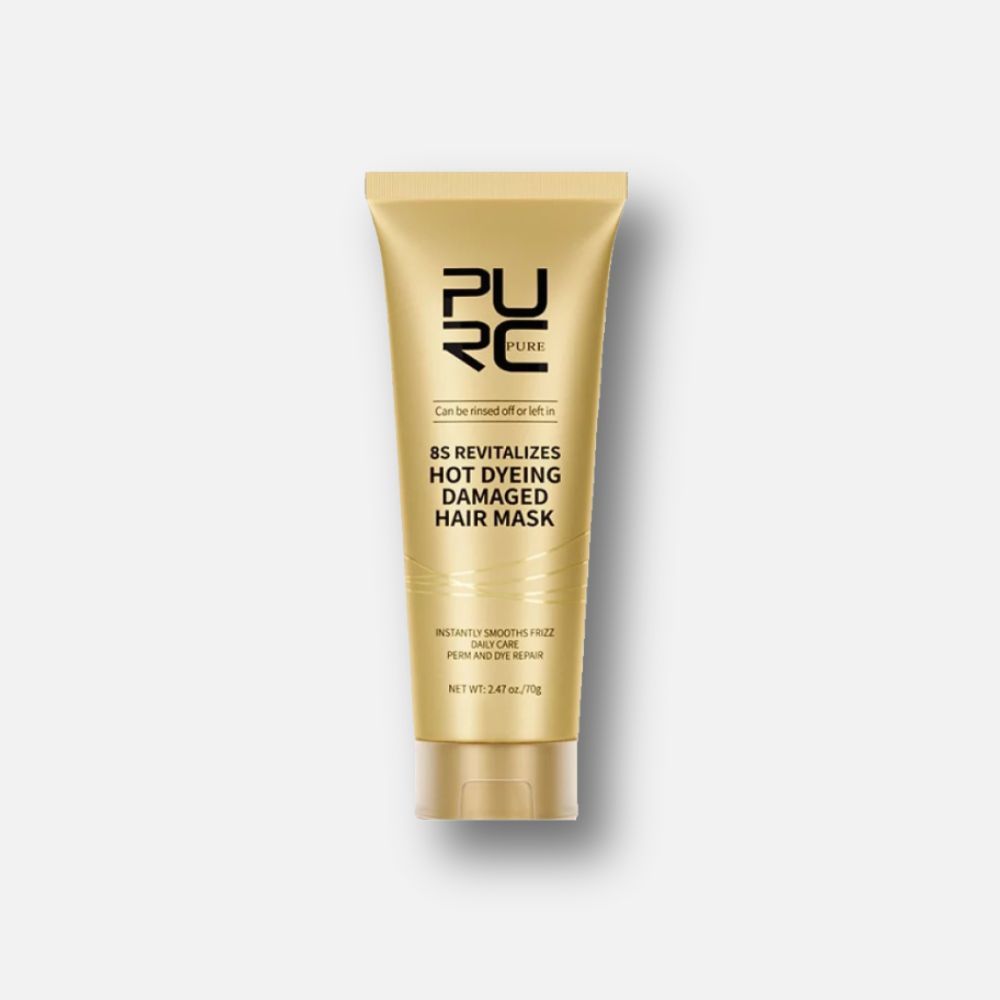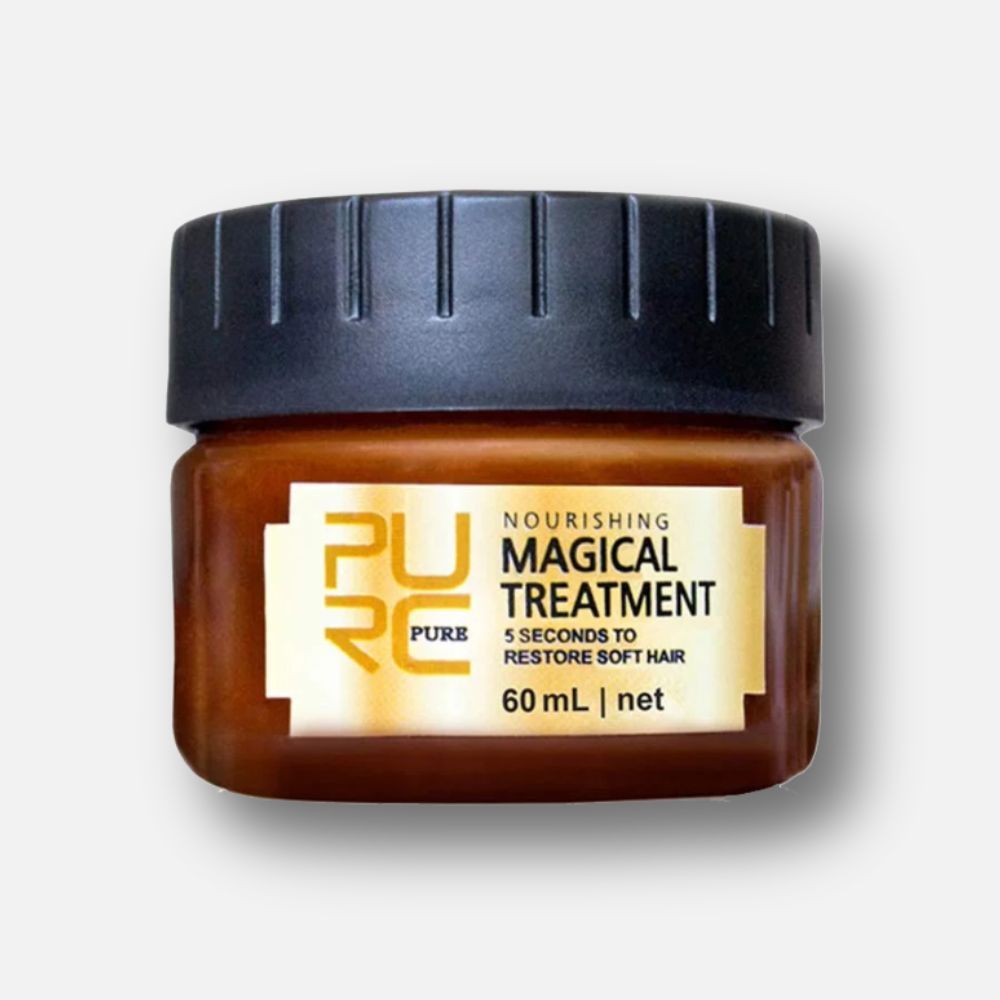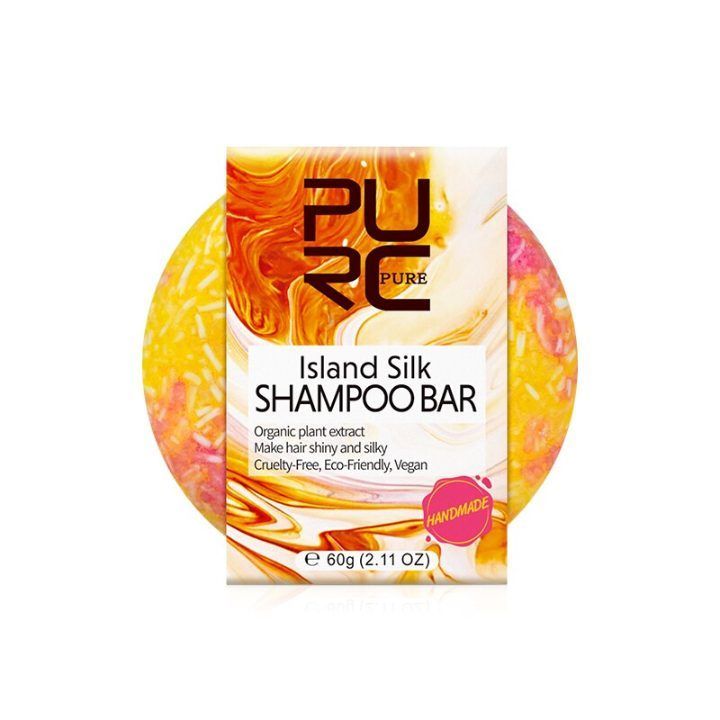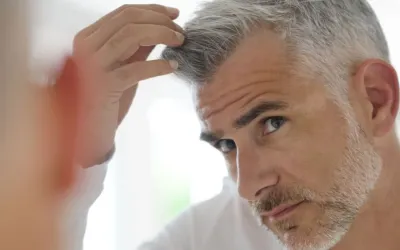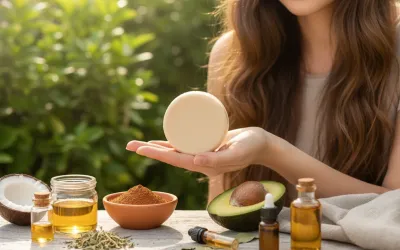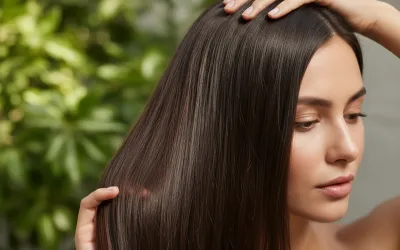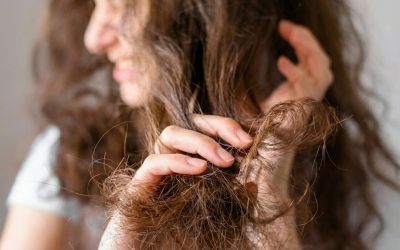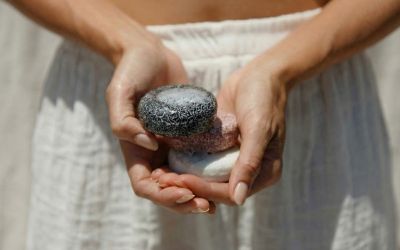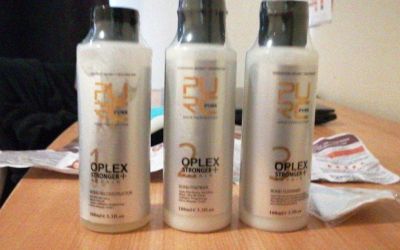If you have low-porosity hair, you may struggle with keeping your hair moisturized and healthy. Low porosity hair is hair that has a tight cuticle layer that prevents water and products from penetrating the hair shaft. This can lead to dryness, breakage, and dullness.
However, you can achieve beautiful and vibrant low porosity hair with proper care and maintenance. In this article, we will share seven methods that will help you improve your low porosity hair and keep it hydrated and strong.
Method 1: Clarifying Shampooing
A clarifying shampoo is a shampoo that has stronger cleansing agents than regular shampoos. It can remove dirt, oil, and residue from your hair and scalp, leaving them clean and refreshed. Clarifying shampoos can also help open up the cuticles of low porosity hair, making them more receptive to moisture and conditioning. Here are some steps to follow when using a clarifying shampoo for low porosity hair:
- Wet your hair thoroughly with warm water. This will help loosen up the dirt and buildup on your hair.
- Apply a generous amount of clarifying shampoo to your scalp and massage it gently with your fingertips. Work the shampoo through your hair from roots to ends, focusing on the greasy or heavy areas.
- Rinse your hair well with warm water. Make sure to remove all traces of shampoo from your hair and scalp.
- Follow up with a moisturizing conditioner or a deep conditioning treatment. This will help restore the moisture and shine to your hair after clarifying.
- Rinse your hair again with cool water. This will help seal the cuticles and lock in the moisture.
- Style your hair as usual! Enjoy your clean and refreshed, low-porosity hair!
PURC Purifying Pre-Treatment Shampoo: This shampoo is formulated to remove impurities and prepare your hair for keratin treatments. It has natural ingredients like ginger, rosemary, and peppermint that cleanse and stimulate your scalp. It also has a pleasant scent and a creamy texture that lathers well.
Method 2: Deep Conditioning with Heat
Low porosity hair is hair that does not absorb moisture easily. This can make it dry, brittle, and prone to breakage. To keep your low porosity hair healthy and hydrated, deep condition it regularly.
But how do you ensure that the deep conditioner penetrates your hair shafts and nourishes them from within? The answer is heat. The heat helps open up your hair’s cuticles and allows the deep conditioner to work its magic. Here are some budget-friendly ways to deep condition your low porosity hair with heat:
- Use a shower cap. Cover the deep conditioner with a plastic shower cap after applying the deep conditioner to your damp hair. The heat from your scalp will create a warm environment for the deep conditioner to do its job. Leave it on for 15 to 30 minutes, then rinse it with cool water.
- Use a hot towel. Wrap a towel around your head after applying the deep conditioner. You can heat the towel in the microwave for a few seconds, dip it in hot water, and squeeze out the excess. The hot towel will provide gentle heat to your hair and help the deep conditioner penetrate deeper. Leave it on for 15 to 30 minutes, then rinse it with cool water.
- Use a hair dryer. If you have a hooded or bonnet attachment for your hair dryer, you can use them to deep condition your low-porosity hair with heat. Apply the deep conditioner to your damp hair, cover it with a plastic cap, and sit under the dryer for 15 to 30 minutes on low or medium heat. Alternatively, you can use a handheld hair dryer and direct the warm air over your plastic cap for 15 to 30 minutes. Then rinse off the deep conditioner with cool water.
- Coconut Oil Hair Mask: Coconut oil is a natural wonder for your hair. It penetrates deep into the hair shaft, seals in moisture, and prevents protein loss. It also adds shine, softness, and strength to your hair.
Method 3: Protein Treatments
Protein is essential for low porosity hair. It helps to strengthen the hair shaft, prevent breakage, and retain moisture. However, not all protein treatments are the same. Some are more suitable for low porosity hair than others. There are different types of protein treatments, such as:
- Hydrolyzed protein: This small molecule can penetrate the hair cuticle and bond with the hair structure. It is good for repairing damage and improving elasticity.
- Amino acids: These are the building blocks of protein. They can also penetrate the hair cuticle and moisturize the hair from within. They are good for adding shine and softness.
- Keratin: This large molecule coats the hair surface and fills in the gaps. It is good for smoothing frizz and adding gloss.
Benefits:
- They can balance the moisture-protein ratio and prevent hygral fatigue when the hair swells and contracts too much due to water absorption and loss.
- They can increase the hair’s ability to hold onto water molecules, improving hydration and reducing dryness.
- They can protect the hair from environmental damage, such as heat, sun, and chemicals.
Affordable Protein Treatment Options:
- PURC Keratin Hair Treatment Hair Mask Set: This is a set of two products that contain hydrolyzed keratin, amino acids, and other natural ingredients. It can repair damaged hair, nourish the scalp, and make the hair smooth and shiny. It costs $29.99 for a 60ml bottle of treatment and a 100ml bottle of mask.
- Shea Moisture Manuka Honey & Yogurt Hydrate + Repair Protein Power Treatment: This is a deep conditioner that contains manuka honey, yogurt, mature oil, and baobab oil. It can moisturize, strengthen, and restore low-porosity hair.
- Aphogee Two-Step Protein Treatment: This is a salon-grade treatment that contains hydrolyzed collagen, magnesium sulfate, citric acid, and other ingredients. It can stop hair breakage, rebuild hair structure, and add body and volume.
Method 4: The Baggy Method
The baggy method is great for keeping your hair hydrated and healthy. It helps lock in moisture and prevent dryness and breakage. Here’s how to do it:
- Wash and condition your hair as usual.
- Apply a leave-in conditioner or a moisturizing cream to your hair, focusing on the ends.
- Cover your hair with a plastic cap or a shower cap. You can also use a plastic bag or cling wrap.
- Leave it on for at least an hour. You can also leave it overnight for more benefits.
- Remove the cap and style your hair as desired.
The baggy method is simple and effective for low porosity hair type. Try it once or twice a week and see the difference in your hair!
Method 5: LOC/LCO Method
LOC and LCO are acronyms for the order of products you apply to your low porosity hair. LOC stands for liquid, oil, and cream. LCO stands for liquid, cream, and oil. The liquid can be water or a leave-in conditioner. The oil can be any natural oil that suits your hair type, such as coconut, olive, or jojoba. The cream can be moisturizing or butter, such as shea butter or cocoa butter.
The idea behind this method is that the oil and cream act as barriers to lock in the moisture from the liquid. This way, your hair stays hydrated longer and avoids dryness and breakage.
How to Do?
Step 1: Apply the liquid to your hair, covering all the strands. You can use a spray bottle or your hands to distribute the liquid evenly.
Step 2: Apply the oil or cream to your hair, depending on your chosen method. Start from the ends and work your way up to the roots. Use a small amount of product and avoid weighing down your hair.
Step 3: Apply the cream or oil to your hair, depending on your chosen method. Repeat the same process as step 2 and seal in the moisture.
Step 4: Style your hair as usual or let it air-dry.
You can experiment with both methods and see which works better for your hair. Some people prefer LOC because it gives more shine and slip. Others prefer LCO because it gives more definition and holds. You can also switch between the methods depending on the season, the weather, or the hair condition.
Benefits
- It helps retain moisture and prevent dryness
- It reduces frizz and flyaways
- It enhances curl definition and elasticity
- It protects the hair from damage and split ends
- It improves the health and appearance of the hair
The LOC/LCO method is a simple and effective way to moisturize low porosity hair. This method lets you keep your hair hydrated, healthy, and beautiful.
Method 6: Finger Detangling
Finger detangling is a great way to care for your low porosity hair. It helps you avoid breakage, knots, and tangles. It also lets you feel the condition of your hair and scalp. Here are some benefits and tips for finger detangling.
Benefits
- It is gentle on your hair and reduces damage.
- It improves blood circulation and stimulates hair growth.
- It saves you money on combs and brushes.
- It allows you to distribute products evenly and remove excess buildup.
Tips
- Start with damp hair and apply a moisturizing conditioner or oil.
- Divide your hair into sections and clip them up.
- Work on one section at a time, starting from the ends and moving up to the roots.
- Use your fingers to separate any knots or tangles gently.
- Repeat the process on the other sections until your hair is fully detangled.
- Rinse out the conditioner or oil and style your hair as usual.
Finger detangling is a simple and effective method for low porosity hair. It keeps your hair healthy, shiny, and manageable.
Method 7: Satin/Silk Protection
Low porosity hair needs extra care to prevent moisture loss and breakage. One way to do that is to use satin or silk materials to cover your hair at night. These fabrics are smooth and gentle on your hair, unlike cotton or other rough materials that can cause friction and damage. Here are some affordable options for satin or silk protection:
- Pillowcases: You can buy satin or silk pillowcases online or in stores. They come in different colors and sizes to match your bedding and style.
- Bonnets: You can wear a satin or silk bonnet over your hair before bed. This will keep your hair in place and prevent it from rubbing against your pillow.
- Scarves: Another option is to wrap your hair with a satin or silk scarf. This will also protect your hair from friction and keep it moisturized.
Additional Tips for Low Porosity Hair:
- Avoid sleeping with wet hair, which can cause hygral fatigue and weaken hair strands.
- Apply a leave-in conditioner or light oil to your hair before you cover it with satin or silk. This will help seal in the moisture and nourish your hair.
- Detangle your hair gently before bed, using a wide-tooth comb or fingers. This will prevent knots and tangles in the morning.
Takeaway
To sum up, low porosity hair is a type of hair that has a tight cuticle layer and resists moisture absorption. It requires special care and attention to keep it healthy and hydrated. Some of the best methods for maintaining low porosity hair are clarifying shampooing, deep conditioning with heat, protein treatments, baggy, LOC/LCO, finger detangling, and satin/silk protection.
By following these methods, you can improve the condition of your low porosity hair and enjoy its natural beauty and shine.

